I dont want to interrupt you guys and if you think a V-shape solves the problem, go for it, any reason to buy a guitar is a good one 
However, after reading through the conversation here, i really feel the need to get something out of my system, since you seem to think that there is something wrong with you:
not being able to play higher positions comfortably when standing is a totally normal thing for guys like us who have unsolved technical issues. I dont really think that it has anything to do with anomalies in your physiology or sports activities.
I remember when i played live (aka when i was still cool) i placed my leg on the monitor boxes to play shreddy stuff on every single show. I couldnt play solos any other way.
Like you, i am a normal person, meaning i dont have freakishly large arms or something. The reason why i had to place the guitar on my leg wasnt physiology, it was that my technique just didnt allow for anything different. Better technique is much more flexible.
What i try to say is, i dont think you tense up and experience pain in those positions because you cant play the higher positions, but that you cant play those positions because of the tension and pain.
My solution would be to just sit down to practice and focus on developing smooth picking and fretting. One you found a way to really play something effortlessly, it will become much less scary when standing up (though it needs some time to get used to for sure). Just like you can play those powerchords just as easily standing as you can do them sitting.

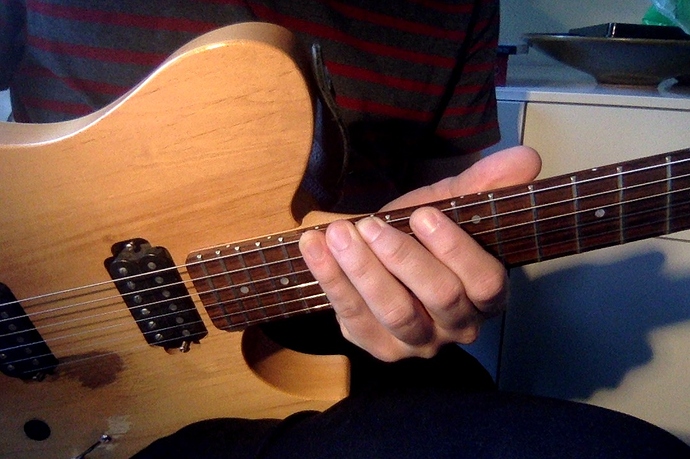
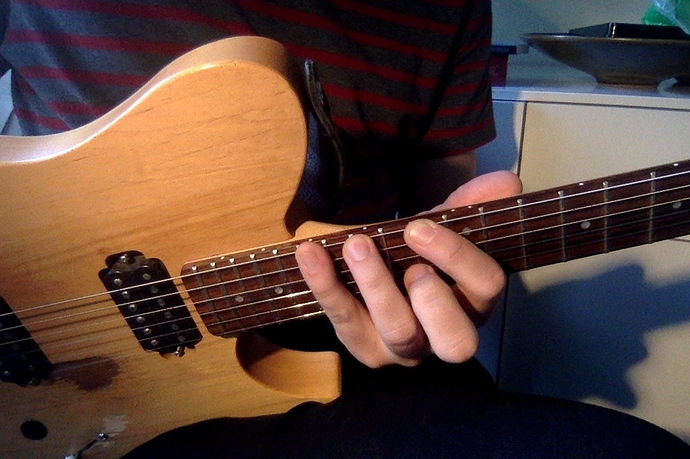
 But at the same time, this is the Yngwie way and who can argue with that.
But at the same time, this is the Yngwie way and who can argue with that.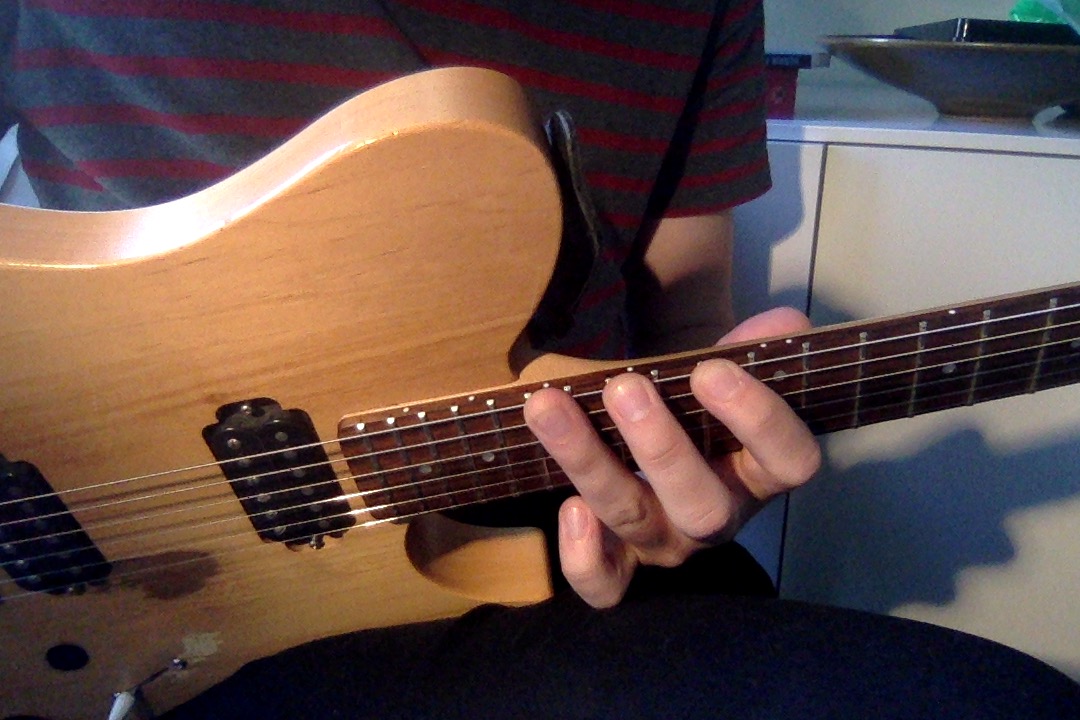

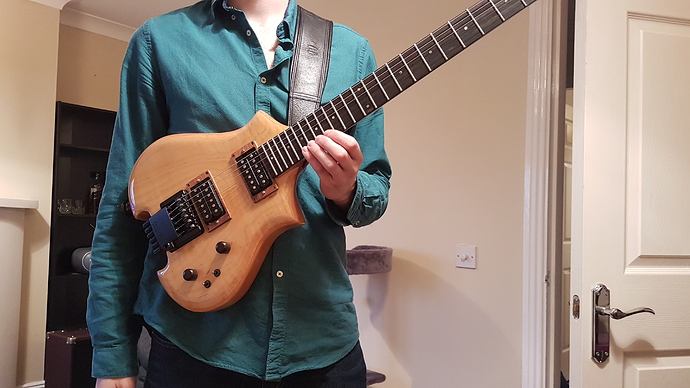
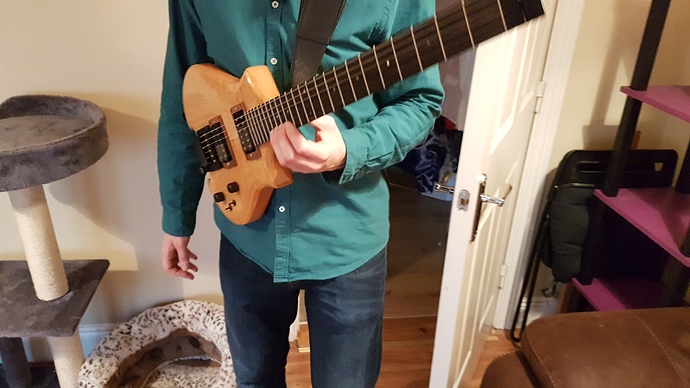
 (Just steer clear of X series or JS series, they are entry level models).
(Just steer clear of X series or JS series, they are entry level models).